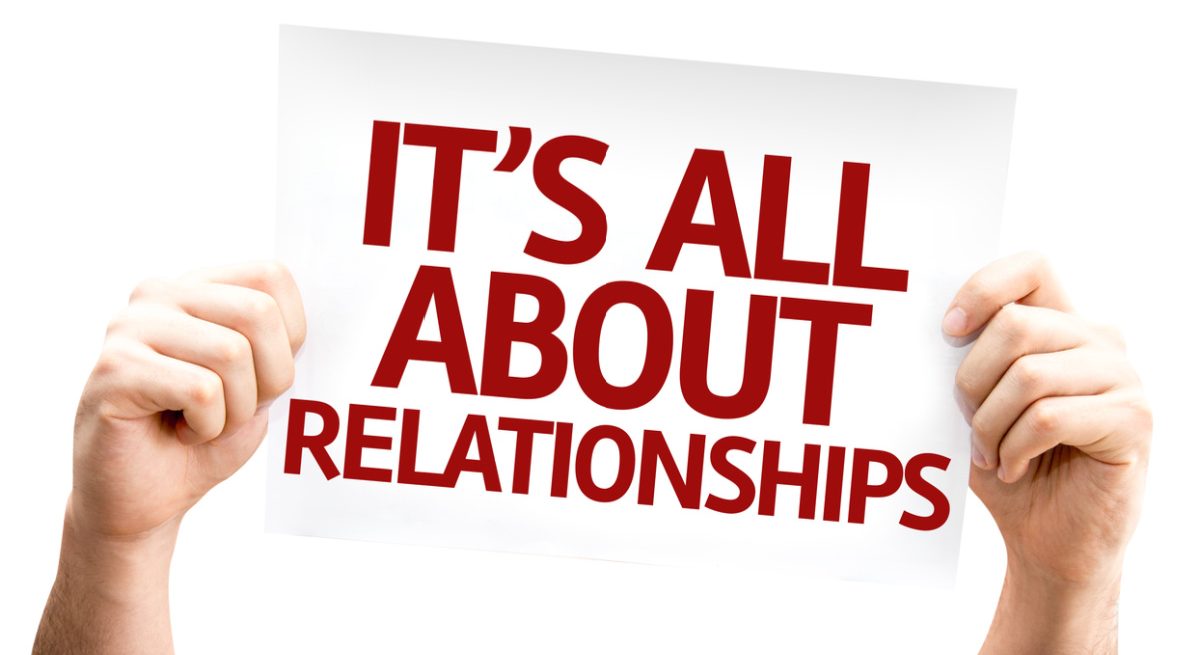Taking Loyalty to the New Normal Level and Beyond
4 Min Read
The pandemic has challenged the relationship between restaurant operator and guest. Brands that have shifted to a more customer-centric approach have an understanding of loyalty as being earned and not sold. Modern Restaurant Management (MRM) magazine asked Suzi Tripp, VP of Insights at digital transformation firm Brooks Bell how restaurants loyalty programs are evolving and the importance of having a head of loyalty who understands why people buy, how they buy and how often they buy.
Loyalty programs are commonplace today, a necessity and important part of restaurant marketing strategy. What do these programs provide to an organization?
Loyalty programs grant organizations with the opportunity to not only retain their existing customers but turn those customers into brand fanatics. Because loyalty members are already familiar with your brand, have already made the decision to spend money with you and are actively gifting you valuable data in the process, organizations must recognize that this is a huge benefit to them. These organizations are able to uncover meaningful insights about customers, understand what makes them tick and strengthen their relationships that can have a wealth of long-term benefits.
One step further, what do loyalty programs provide for customers – outside of the obvious perks?
While promotions and free benefits are a major draw for customers, loyalty programs go way beyond a 10-percent off coupon on your birthday. As people, we crave feeling valued and building relationships – it’s pretty much in our DNA. Loyalty programs are able to gift that feeling of being known, valued, cared for, and also initiates a positive feedback loop between earning rewards and feeling happy when we see those points accruing or our loyalty status climbing. Loyalty programs are mutually beneficial because customers get a range of satisfaction from them and businesses increase their loyal customer base.

How has the pandemic pushed the restaurant industry to update their offerings?
As restaurants emerge from the pandemic, they face a new normal regarding customer experience. In many cases, customers are coming back to restaurants to eat on-site, but larger scale take-out, curbside, app, and other changes that accelerated in the pandemic show no signs of slowing down. Additionally, a data study we recently released revealed that not only are those services here to stay, customers plan to use a blend of them going forward.
Quick, strategic pivots made at the height of restrictions enabled many brands to survive. Scaling digital experiences to accommodate increased online engagement. Acknowledging safety measures in place to ensure customers feel safe. Expanding delivery methods. There was no shortage of obstacles for restaurants to overcome resulting from the pandemic.
Now in almost our second year of the pandemic, we’ve seen that experiences launched during the pandemic are currently ripe with opportunities to optimize and grow. Building upon the success organizations have already started to unlock translates into serious top line revenue alongside meaningful CX improvements. As new patterns settle in and new segments emerge, businesses need to reevaluate their segment-specific CX and uncover insights to enable richer interactions. They need to know how their segments have shifted, which ones are most influential and how their digital experience accommodates them.
At Brooks Bell, you solve complex business problems through experimentation and insights. What can you tell us about the intersection of technology modernization and restaurant marketing?
Advancements in technology can be seen throughout all industries, restaurants included. To stay top of mind for customers, you need to be exactly where they are – online. Whether it’s an aesthetically pleasing social media account to entice patrons to stop in, online reviews to hype up that it’s worth the trip, simple and quick online ordering with a variety of pickup and/or delivery options, or estimated wait times for dining in and the ability to get on the list now – these have all become major table stakes.
Restaurant marketers are now harnessing advancements in data technologies to help them identify who their target customers are, what they buy, what else they may want to buy, and what matters to them. And, from there, identifying other segments of prospects similar to their existing customers that they can connect with in a meaningful way. Restaurants are debating how they can turn loyalty programs into retention and revenue drivers vs. cost centers. But, thanks to a growing amount of customer data and technology, marketers now have more at their fingertips than ever before.
Your website mentions some ways that you leverage behavioral economics to help brands better understand their customers. What is behavioral economics, and what principles are most at-play when it comes to introducing a large change in the in-store experience like swapping physical menus for QR codes?
Yes, behavioral economics is the study of human decision making. And it’s incredibly fascinating because we don’t always make the decisions you’d expect! There are many studies that define various behavioral principles that we can learn from to help ensure we’re delivering positive experiences to prospects and customers. This is especially important in our business, as we are focused on uncovering customer insights that build stronger relationships between our clients and their customers.
When it comes to loyalty programs, there are many deep rooted behavioral principles at play — loss aversion, social proof, gamification, goal visualization effect, the endowed progress effect – the list goes on. But, for brands considering how to communicate their loyalty programs, I’d say it’s important to know that, as humans we want to fit in, to feel part of something and we hate to miss out. Loyalty programs hit all of those marks naturally, so communicating them clearly should immediately resonate. When it comes to making loyalty enjoyable so that your members want to engage, brands should note that making progress easily visible, achievements prominently displayed and putting the fun at the forefront are very powerful lessons.

